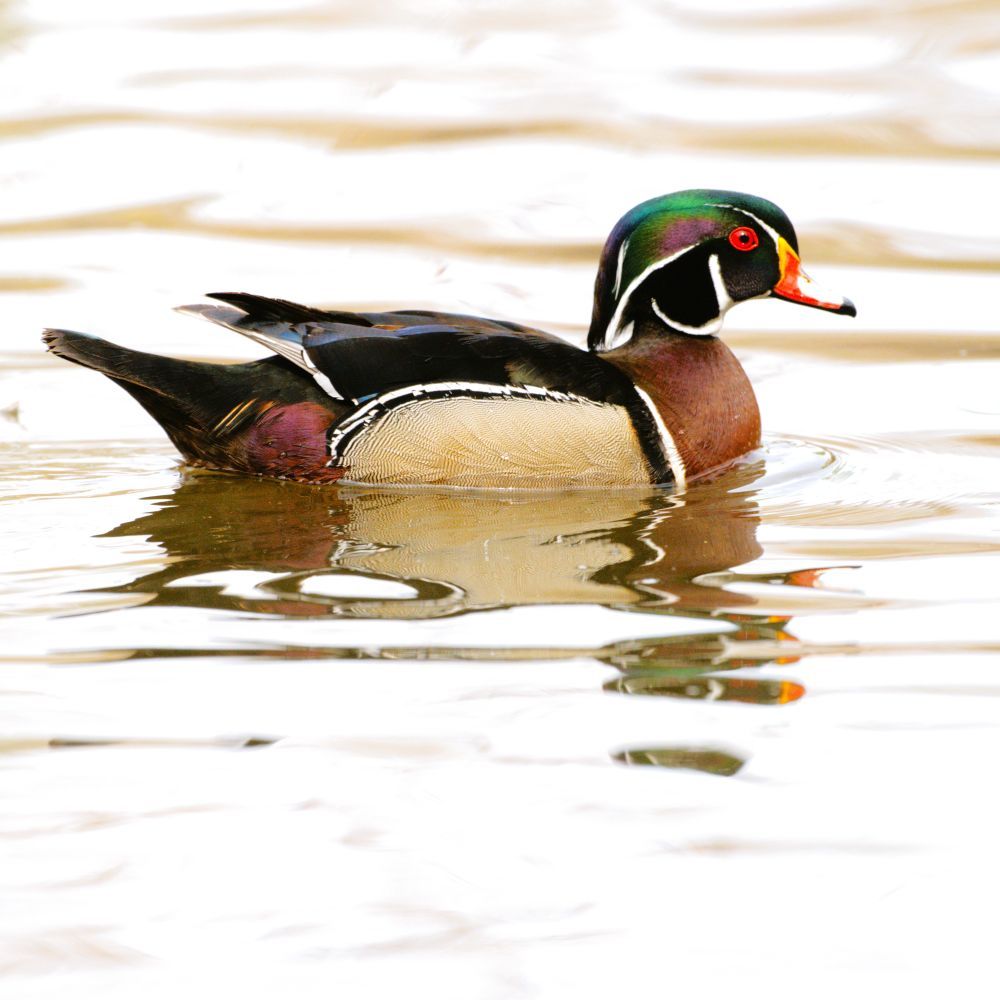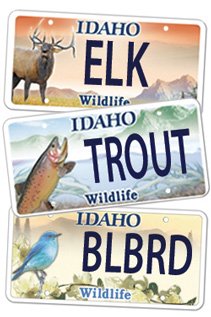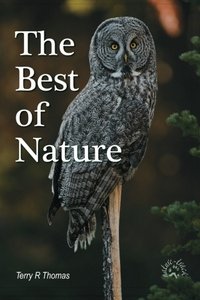Wood Ducks

©Terry R. Thomas/www.nature-track.com
A drake wood duck is, in my opinion, the most beautiful bird in North America.
If I had to opportunity to create a bird species, I’m not sure how I would proceed. Would it be a giant like an ostrich, a strong and capable predator like a bald eagle, or would I opt for beauty? Could I come up with something totally unique?
With my limited creativity, that last one is doubtful, so I would have to base Bird thomasensis on something already known. On this continent, I would look no further than the male wood duck as my model for beauty, as a more handsome bird doesn’t exist here. There are some competitors and everyone has their favorite, but the male wood duck is unsurpassed in my opinion. Worldwide, there are many contenders, the Mandarin duck ( a close relative of the wood duck) comes to mind, but in North America the wood duck is supreme.
If you have never seen a wood duck drake, a full description here would take the remainder of this column. It has a stunning combination of colors including black, red, green, blue, and purple, with a richly spotted chestnut chest and fawn-colored sides. A long green crest sits like a crown on his head and white accent lines separate different colors. Even its scientific name, Aix sponsa, roughly translates to, “bridal duck” because he is so regally decked out.
Like most ducks, the wood duck female is drab compared to her male companion. She sports a large teardrop-shaped white eye-ring and the hint of a crest, but is mostly a mottled brown with a bit of blue, black, and white on her wing feathers.
Wood ducks are smaller than mallards (most ducks are), but prefer similar wetland habitat, with one big exception. The wood duck is so named because it nests in tree cavities. Its favorite habitat would include lots of large trees overhanging water. At one point in the past, wood duck numbers plummeted, likely from excessive hunting and the extensive harvest of nesting trees. However, wood ducks responded well to protection and the placement of manmade boxes situated on posts around wetlands, even ones without trees, and today are actually expanding their range north and west.
Once protected from over-harvest, and with nesting habitat restored, it was fairly easy for the wood duck to respond. In their aerial nests, they lay up to 15 eggs in a clutch. In warmer climates, wood duck hens are also the only North American waterfowl to raise two broods in a season.
When the chicks are just a day old, the hen stands at the bottom of the tree or post and calls to the chicks. In a wonderful leap of faith, the chicks come to the entrance, spread their tiny wings and launch, falling to the ground where they follow mom to the water.
There is a big circle in the west, running from Nevada to Colorado, and including southern Idaho, where wood ducks are uncommon and rare nesters, despite the thousands of wood duck boxes that have been placed to encourage nesting activity. I have heard of one place near Menan where there are actually a fair number of wood ducks nesting on a private pond, but I have never been there. Otherwise, most of the wood ducks we see are migrating through. That means that if you want to see a wood duck, the time to start looking is nearly here. We have seen several on a small springtime pond at Harriman State Park in Island Park, but they may be on any pond or slow moving water in the area during migration.
I cannot think of a single thing I could do with all the gene editing abilities we currently have or could develop in the future that would improve on the wood duck or create a superior species. The wood duck is perfect as it is.
Help Idaho Wildlife
When we traveled across the state in October 2017, we visited most of the Idaho Department of Fish and Game wildlife management areas. Most of the vehicles we saw using the wildlife management areas did not have wildlife plates. Buying wildlife plates is a great way for non-hunters and hunters alike to support wildlife-based recreation like birding.
C'mon folks, let's help Idaho's wildlife by proudly buying and displaying a wildlife license plate on each of our vehicles!
See below for information on Idaho plates. Most states have wildlife plates so if you live outside Idaho, check with your state's wildlife department or vehicle licensing division for availability of state wildlife plates where you live.
And tell them that you heard about it from Nature-track.com!

Wildlife License Plates
Great news! as of 2024, there are three NEW designs for license plates. They still are bluebird, cutthroat trout and elk, but they are beautiful.
Idaho Wildlife license plates provide essential funding that benefits the great diversity of native plants and wildlife that are not hunted, fished or trapped—over 10,000 species or 98% of Idaho’s species diversity. Game species that share the same habitats (such as elk, deer, antelope, sage-grouse, salmon, trout) also benefit from these specialty plates.
No state tax dollars are provided for wildlife diversity, conservation education and recreation programs. Neither are any revenues from the sale of hunting or fishing licenses spent on nongame species. Instead, these species depend on direct donations, federal grants, fundraising initiatives—and the Idaho Wildlife license plates.
Both my vehicles have Bluebird Plates. I prefer the bluebird because the nongame program gets 70 percent of the money from bluebird plates, but only 60 percent of the money from elk and trout plates - 10 percent of the money from elk plates supports wildlife disease monitoring and testing programs (to benefit the livestock industry) and 10 percent from cutthroat plates supports non-motorized boat access.
Incidentally, in 2014, the Idaho Legislature denied the Department of Fish and Game the ability to add new plates or even to change the name of the elk and cutthroat plates (very specific) to wildlife and fish plates, a move that would have allowed for changing images occasionally and generating more revenue. It would seem that they believe that we Idahoans don't want a well funded wildlife program.
I think it is time we let the Legislature know that Idahoan support wildlife funding and that we would like to see these generic plates come to fruition.

"WOW. What a phenomenal piece you wrote. You are amazing." Jennifer Jackson
That is embarrassing, but actually a fairly typical response to my nature essays. Since The Best of Nature is created from the very best of 16 years of these nature essays published weekly in the Idaho Falls Post Register (online readership 70,000), it is a fine read. It covers a wide variety of topics including humorous glimpses of nature, philosophy, natural history, and conservation. Readers praise the style, breadth of subject matter and my ability to communicate complex and emotional topics in a relaxed and understandable manner.
Everyone can find something to love in this book. From teenagers to octogenarians, from the coffee shop to the school room, these nature essays are widely read and enjoyed.
Some of the essays here are my personal favorites, others seemed to strike a chord with readers. Most have an important message or lesson that will resonate with you. They are written with a goal to simultaneously entertain and educate about the wonderful workings of nature. Some will make you laugh out loud and others will bring a tear to the eye and warm your heart.
Readers Write:
"You hit a home run with your article on, Big Questions in Nature. It should be required reading for everyone who has lost touch with nature...great job!" Joe Chapman
"We enjoyed your column, Bloom Where Planted. Some of the best writing yet. The Post Register is fortunate to have your weekly columns." Lou Griffin.
To read more and to order a copy, click here or get the Kindle version
Copies are also available at:
Post Register
Island Park Builders Supply (upstairs)
Barnes and Noble in Idaho Falls
Harriman State Park, Island Park
Museum of Idaho
Valley Books, Jackson Wyoming
Avocet Corner Bookstore, Bear River National Wildlife Refuge, Brigham City, Utah
Craters of the Moon National Monument Bookstore, Arco, Idaho